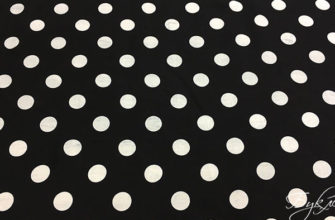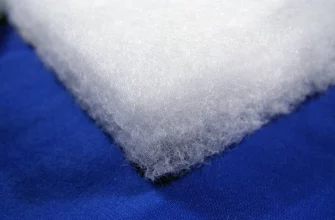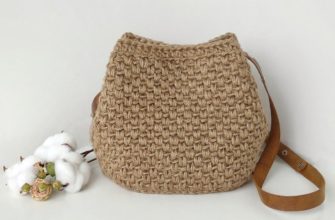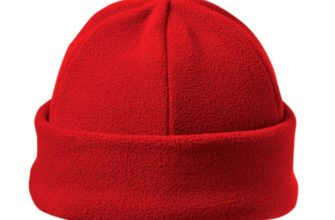Nowadays, denim is one of the most popular fabrics all over the world. And jeans are an integral part of almost everyone's wardrobe. Why has this material become so popular, what are its advantages, and where does it come from?
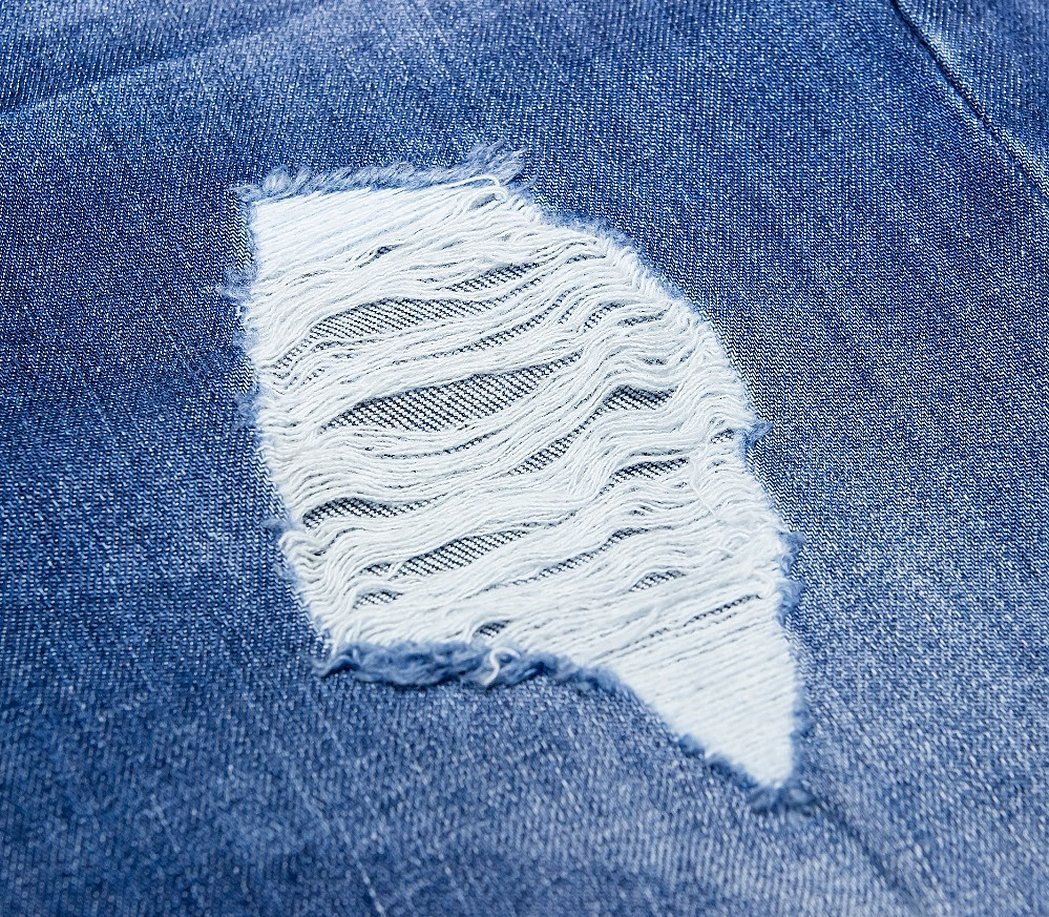
A bit of history
Denim fabric usually contains cotton and other additives, but originally it has a cotton look, made from a special type of weave of two threads, which is called twill.
The first jeans appeared in the 15th century, and they were worn by sailors, then this fabric appeared in the city of Nimes, and its dyeing was done in the city of Genoa. And the creator of the first such pants is considered to be Levi Strauss in 1853. It was the time of the gold rush. Levi realized that he did not want to look for gold, because there was a lot of competition, so he decided to engage in the fabric trade. Levi did this off the coast of San Francisco, where all the good fabrics were quickly bought up. Only the fabric for sails remained, which no one needed. However, Levi decided to use his ingenuity and make pants for workers from it, which were quickly bought up. This is how the first batch of jeans appeared.
Additional information! The word "jeans" comes from the Italian city of Genoa, where indigo dyes for trousers were produced. This pigment was created a long time ago, more than 4 thousand years ago.
Why did jeans become so popular?
Denim pants gained their huge popularity because they were comfortable and durable and had several pockets, which was especially important for workers. Therefore, after the first batch of jeans, many wanted to buy the same ones. And that same year, Levi, together with his cousin Jacob Davis, decided to open his own company. The production quickly gained popularity, after which the sail fabric was replaced by denim, which was brought from Europe.
There are now many technologies for producing denim fabric, as well as many types.
The next peak of popularity came in the 30s of the nineteenth century. At that time, cinematography was born and, thanks to it, such trousers became famous, because they were ideal for the cowboy image.
After that, jeans could be seen on the covers of magazines, and then they became more than just work clothes.
Denim fabric: types and varieties
There is more than one type of denim as a fabric, which differs in composition and in its coloring. What kind of fabric are jeans made of?
Denim
One of the most common fabrics for jeans, created by interweaving two fibers - white and blue. Because of this, jeans are blue on the outside and light on the inside. Quite an expensive material, so it is often used for designer items.
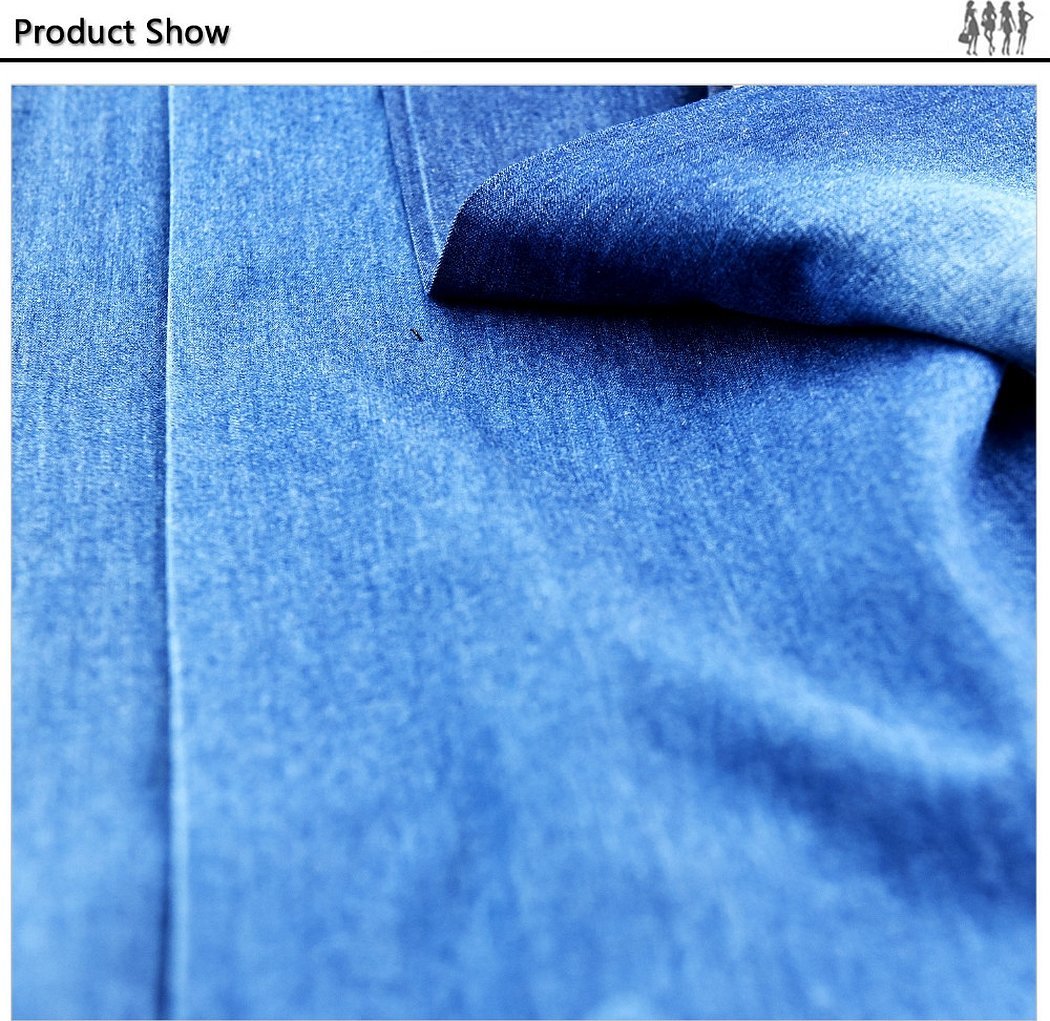
Jeans - stretch
Description of this fabric: consists of cotton with the addition of spandex or polyester, which allows it to stretch and fit the figure. Usually, women's clothes are made from stretch.
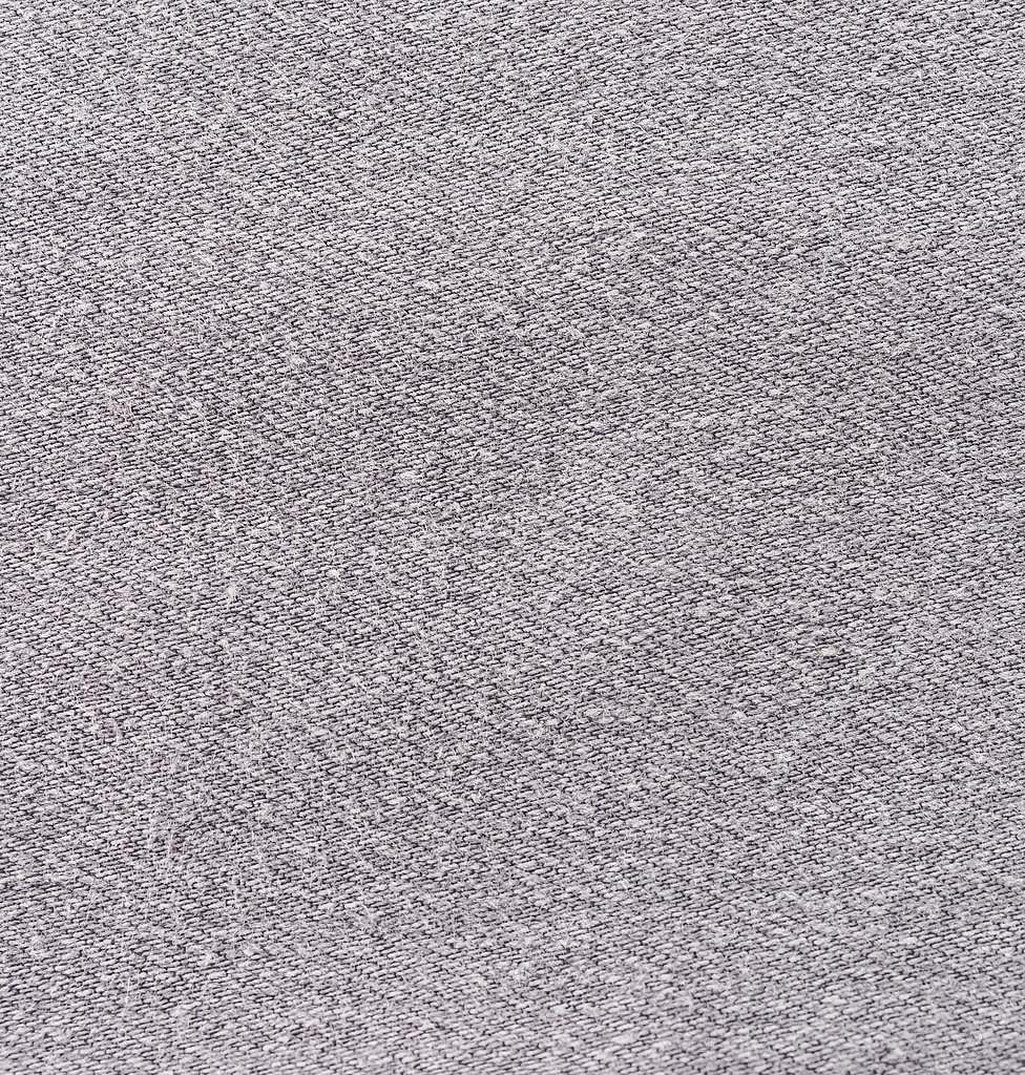
Chambray
A lightweight cotton fabric, usually worn in summer. It is often used to make dresses, sundresses and shirts.
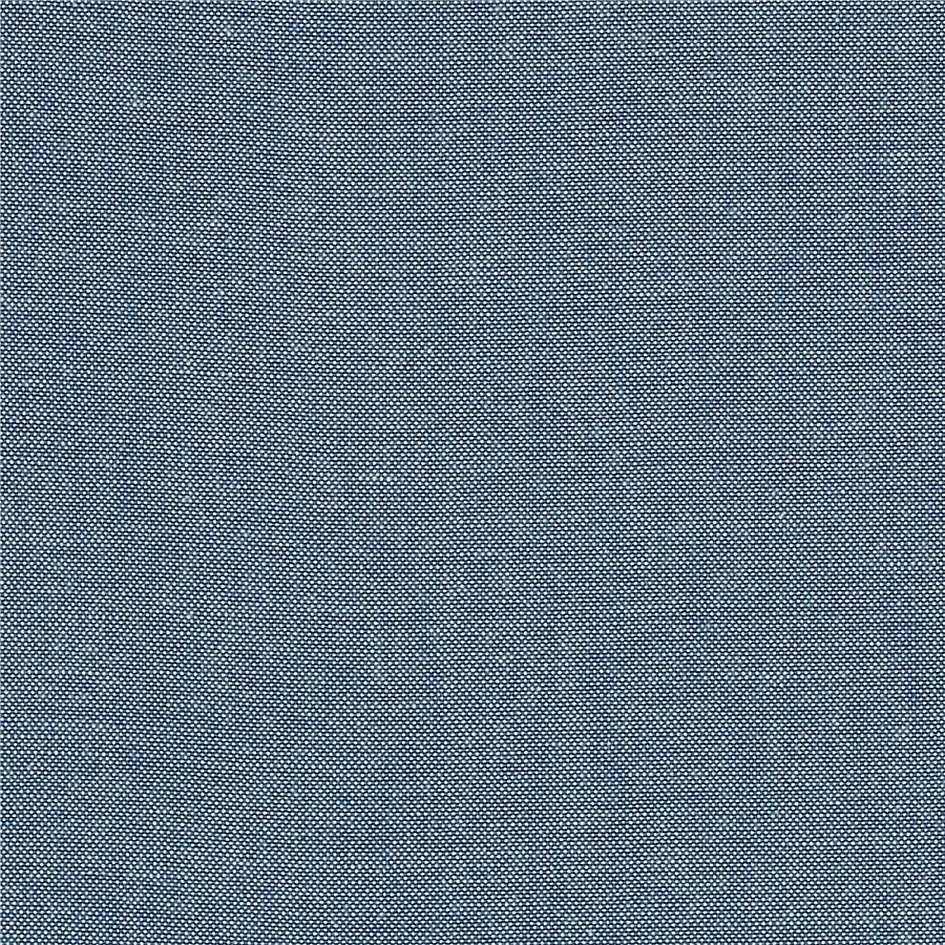
Acru
Light cotton fabric, because it is not dyed, is usually white.
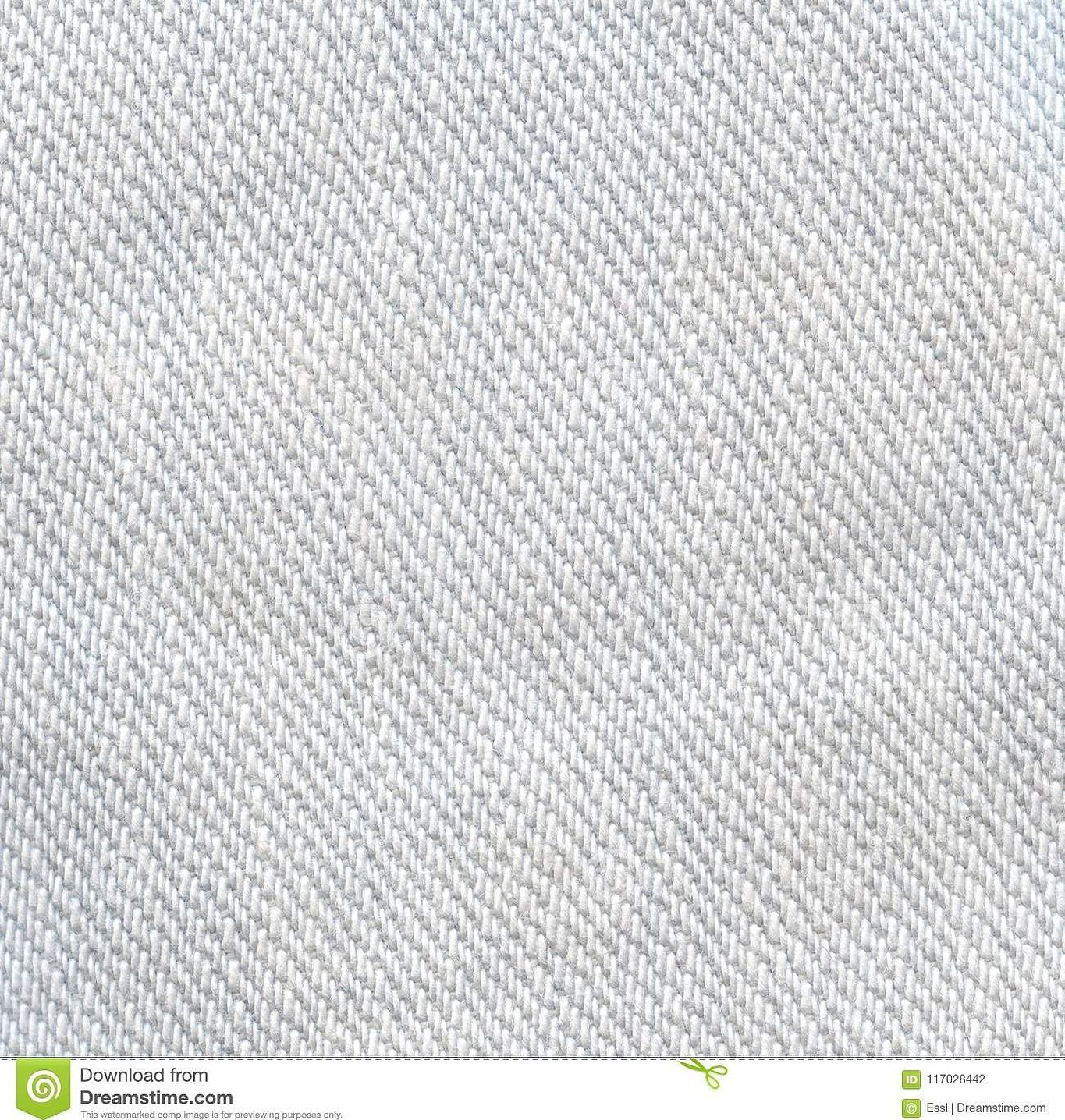
Broken twill
This type of denim is a fabric with a characteristic herringbone weave and is quite dense.
Gin
It has a solid blue shade, is inexpensive, quite thin, and is made of cotton.
Denim-silk
Denim is a fabric that has its own shine and is smooth.
Also, the quality of the material depends on where the cotton is brought from. Therefore, there are such types of cotton for jeans:
- Mexican cotton.
The material has long fibers, which makes the fabric smooth and high-quality.
- Barbados cotton.
It has a high price, as the process of growing and collecting is quite complex. This cotton is of very high quality, but due to its cost it is rarely found on sale.
- Zimbabwean cotton.
Quite high quality material at a low price.
- Indian and Asian cotton.
The most common material for jeans, as it has an affordable price.
Additional information! Elastane is often used in denim fabric. It helps to wear it longer.
How can you tell if it's denim?
The quality of denim material is influenced by the type of cotton it is made from, stitching, and cooking.
To determine good quality denim, you need to pay attention to the following factors:
- Denim is a fabric that should feel soft and smooth.
- The material should not be rough or too thin, it should be comfortable to move in.
- You should pay attention to the price, usually cheap fabric for jeans stretches quickly.
- You should also pay attention to the seams. To do this, you need to stretch the product, if the seams stretch easily, this is a poor-quality material. It is worth remembering that for jeans as a fabric, double stitching is usually used.
- On one side the product should be light in color, almost white, and on the other side blue or light blue.
- When choosing jeans, you should pay attention to the weight; good jeans are not light.
Additional information! Typically, adult jeans weigh about 800 grams.
Scope of use
Denim is currently used in almost all clothing and more. It is dyed in various colors, rhinestones are attached, embroidery is done, and even painting is done. Denim is used in the following categories:
- Casual wear (jeans, shirts, jackets, skirts, dresses, etc.);
- Underwear;
- Swimwear;
- Bags;
- Shoes;
- Headwear;
- Accessories (phone cases, keychains);
- Home textiles (pillowcases, bedspreads, etc.).
Children's clothing is even made from jeans, but the material used for it is softer and lighter.
How to sew denim
First of all, you need to remember that denim is made of cotton, so it tends to shrink. Therefore, it needs to be washed before starting work.
You also need to sharpen your scissors or buy a special knife, because denim, even the thinnest, is difficult to cut.
For sewing on a sewing machine, it is worth buying special thick tailor's threads. Since a regular needle will easily become dull and break. Needles under number 90 or 100 are ideal.
Important! You should also take care of the threads, they should be especially strong. The store sells special threads for denim, but you can also buy polyester threads or strong cotton threads.
When sewing, you may encounter thick sections, then you need to scroll the machine manually, without pressing the pedal. Remember that you need to iron the seam allowances. Also, to make sewing fast and easy, you need to increase the length of the stitch itself.
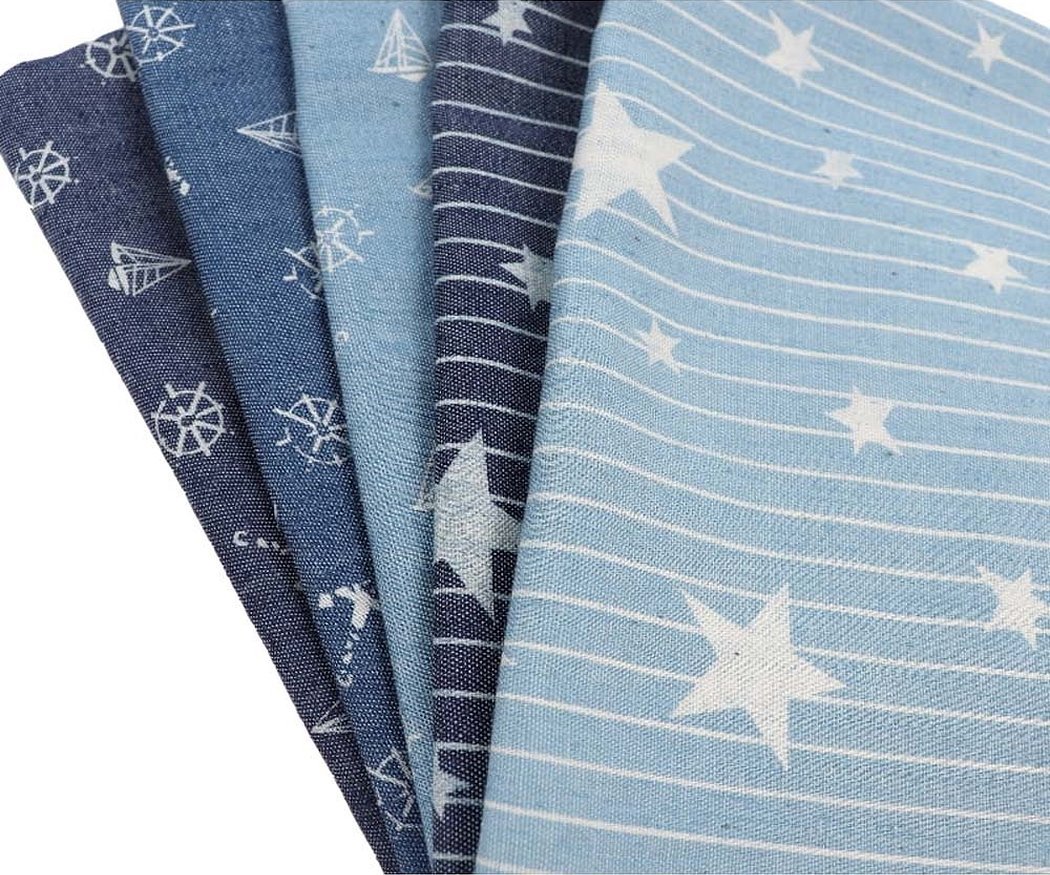
Features of use and care
To make the product last much longer, you need to remember the rules for caring for the material. These rules will help preserve the item for a long time:
- You should not dry clean your items as the material may shrink significantly;
- It is better not to wash denim items with other items, especially light-colored ones, as they may become discolored;
- In general, it is better to wash items made from this material by hand or in a washing machine with a delicate cycle; the water should not be too hot, no more than 30-40 degrees;
- Before washing, you need to fasten all buttons, locks, and check pockets;
- You also need to turn the product inside out before washing;
- Do not wring out clothes after washing, it is better to let them drain;
- To iron the product well, select the “cotton” mode;
- There is no need to store clothes in vacuum bags or plastic, they promote the development of mold and mildew;
- Avoid bleaching denim items as this may leave stains on them.
Advantages and disadvantages
Denim products are used all over the world, so this material has both advantages and disadvantages.
The advantages of jeans include:
- Hygroscopicity. The fabric contains cotton, so it will easily absorb liquid.
- Naturalness. Denim contains cotton, may contain viscose and other natural materials.
- Strength.
- It is convenient to work in denim products, as they are pleasant to the body.
- Denim clothing is easy to care for.
- Durability. If you take proper care of your denim, it can last for a long time.
- The items do not become electrified, so they do not attract dirt and lint.
- It's not hot in jeans, and they also protect from the wind.
- Doesn't wrinkle.
- Affordable price.
- The versatility of the material, because you can sew almost anything from it.
The disadvantages include the following:
- Dries slowly after washing and may shrink in size.
- The material may fade over time.
- The material is easily erased by rubbing against each other.
- Stiffness, since denim fabric does not contain artificial fibers.
- The fabric has a tendency to fade.
Denim is one of the strongest and most natural fabrics, so the production of denim products is popular all over the world. After all, a large percentage of people have something made of denim in their wardrobe.

